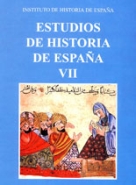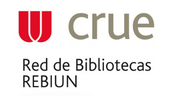La elite de los artesanos (siglo XV y XVI)
Palavras-chave:
Artesanos, Pelaire, Gremio, Elite, VeedorResumo
Intense economic change of XVth and XVIth century, led by the growth of the artisan production oriented to satisfy the demand of a more exigent inner market in constant increase, caused the ascent of the richest teachers of the unions which became merchants and industrialists. In this work I will try to show how that change had an impact on the established ways of relation between the actors of the productive process, focusing attention on the city of Murcia in an activity that was decisive for the economic and for the population growth: the one of pelaires.Inmediately after we describe the evolution that in few years led to the subordination of the wool weavers in respect to the wool manufacturers, who in XVth century reached an important degree of control on the productive cycle of the woolar industry. Afterwards we show the groups of teachers who with opposed interests acted within the union and through a particular case it will be demonstrated how the monopoly of the veedor role allowed the supervision of the manufacture and wool trade in the city of Murcia.
Downloads
Downloads
Publicado
2017-02-20
Como Citar
Rodríguez de Monteagudo, M. C. (2017). La elite de los artesanos (siglo XV y XVI). Estudios De Historia De España, 7, 169–180. Obtido de http://200.16.86.39/index.php/EHE/article/view/304
Edição
Secção
Artículos
Licença































